- Saudi Arabia
- Things to do in Mekke
- Black Stone
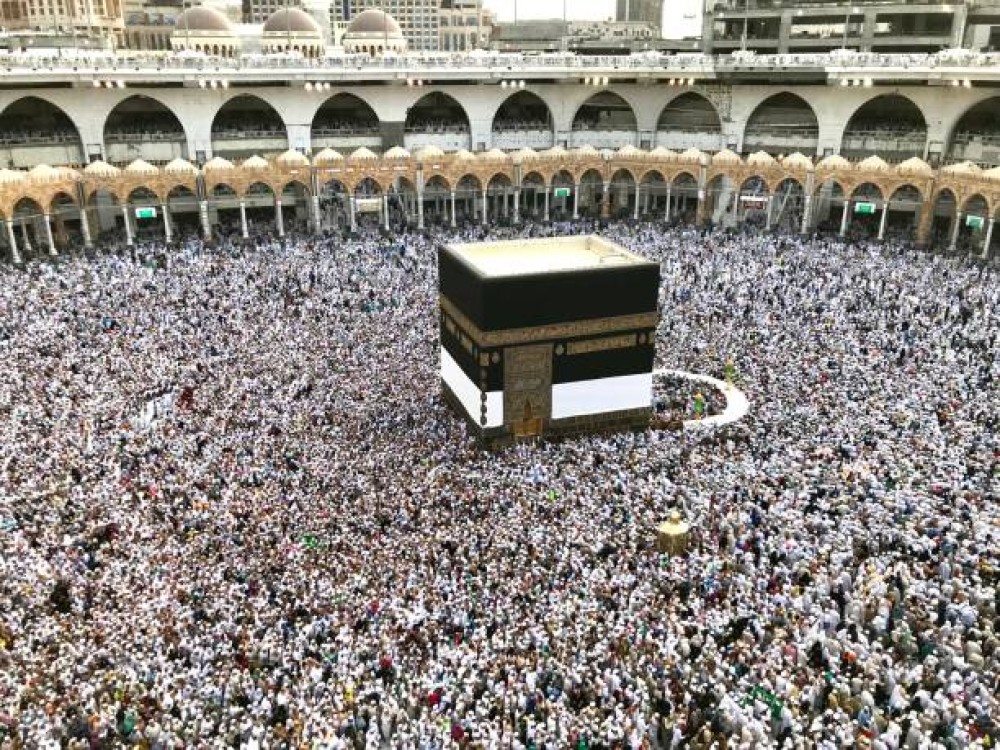
Black Stone
The Black Stone (Hajar al-Aswad) is one of the most revered and sacred objects in Islam. Located on the eastern corner of the Kaaba in Masjidil Haram, Makkah, it is believed to have been given to the Prophet Ibrahim (Abraham) by the Angel Jibreel (Gabriel). The stone is encased in a silver frame and is a symbol of unity for the Muslim Ummah. Pilgrims performing the Tawaf around the Kaaba aim to touch or kiss the Black Stone, following the tradition of the Prophet Muhammad (PBUH). Although the stone is not fully intact, it remains an integral part of the Hajj rituals, bringing immense spiritual significance to those who visit.
Black Stone Tours & Excursions
The Basics
The Black Stone (Hajar al-Aswad) is one of the most revered and sacred objects in Islam. Located on the eastern corner of the Kaaba in Masjidil Haram, Makkah, it is believed to have been given to the Prophet Ibrahim (Abraham) by the Angel Jibreel (Gabriel). The stone is encased in a silver frame and is a symbol of unity for the Muslim Ummah. Pilgrims performing the Tawaf around the Kaaba aim to touch or kiss the Black Stone, following the tradition of the Prophet Muhammad (PBUH). Although the stone is not fully intact, it remains an integral part of the Hajj rituals, bringing immense spiritual significance to those who visit.
Things to Know Before You Go
When visiting the Black Stone, be aware of the high number of pilgrims trying to approach it, especially during the peak seasons of Hajj and Ramadan. It’s important to remember that there is no obligation to physically touch or kiss the Black Stone, especially if it is too crowded. Many pilgrims simply point towards it as they walk past during Tawaf. You must be respectful and patient as you wait for your chance to approach the stone. Additionally, maintain proper etiquette by dressing modestly and staying calm, keeping in mind that the site is sacred.
How to Get There
The Black Stone is located on the eastern corner of the Kaaba, inside Masjidil Haram. Once you arrive at the mosque, simply follow the signs directing you toward the Kaaba. The mosque is large, and crowds may be overwhelming, especially during peak times. Once inside the mosque, you can either walk around the Kaaba or follow the guided pathways toward the Black Stone. The stone is not difficult to find, but due to the large crowds, it can sometimes be challenging to approach it. For easier access, try visiting the mosque during quieter hours of the day, such as early morning or late evening.
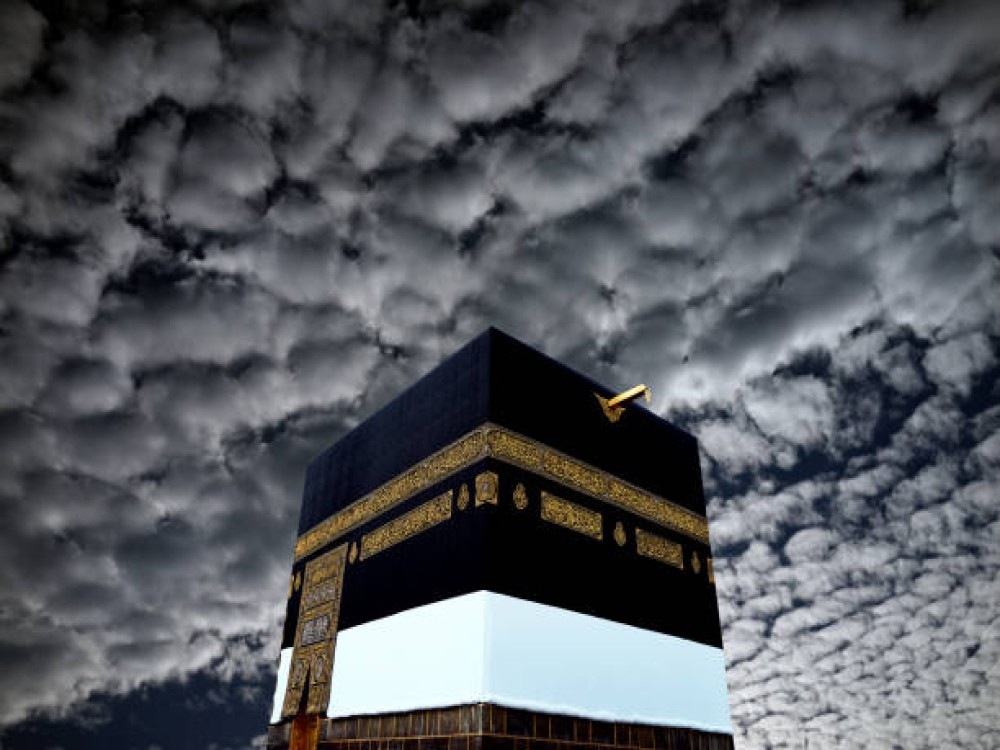
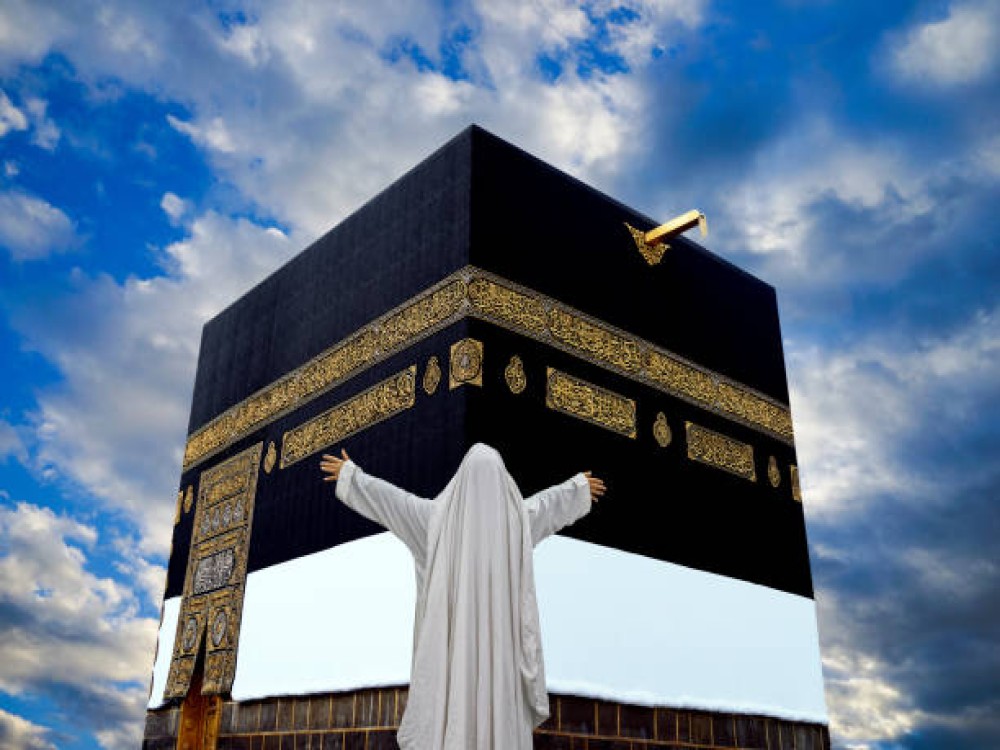
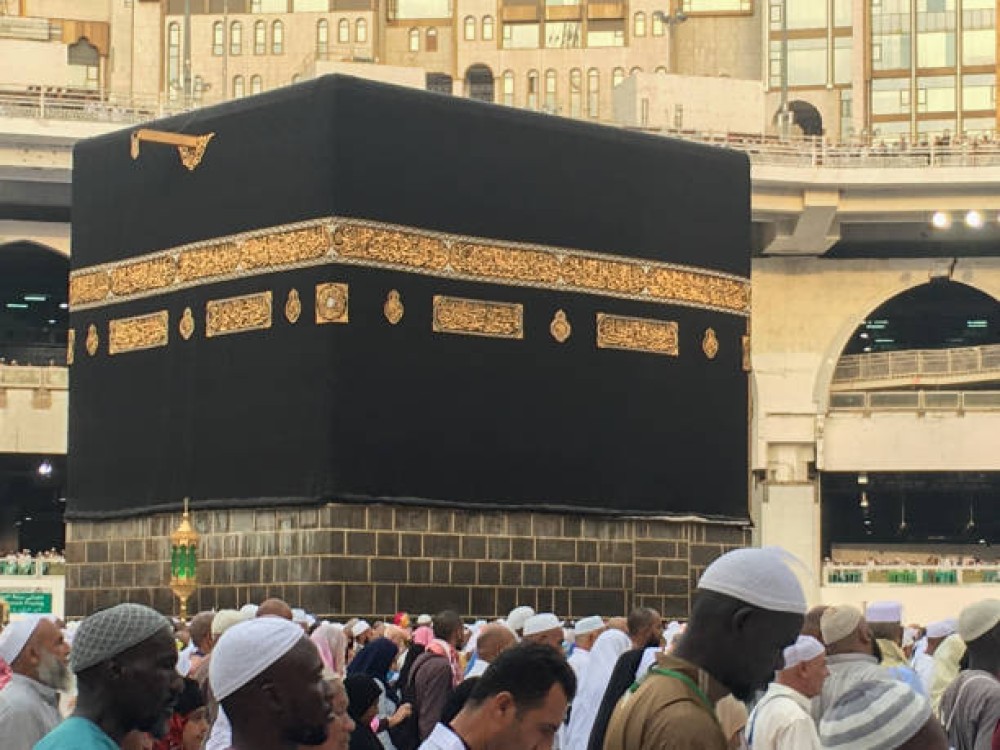
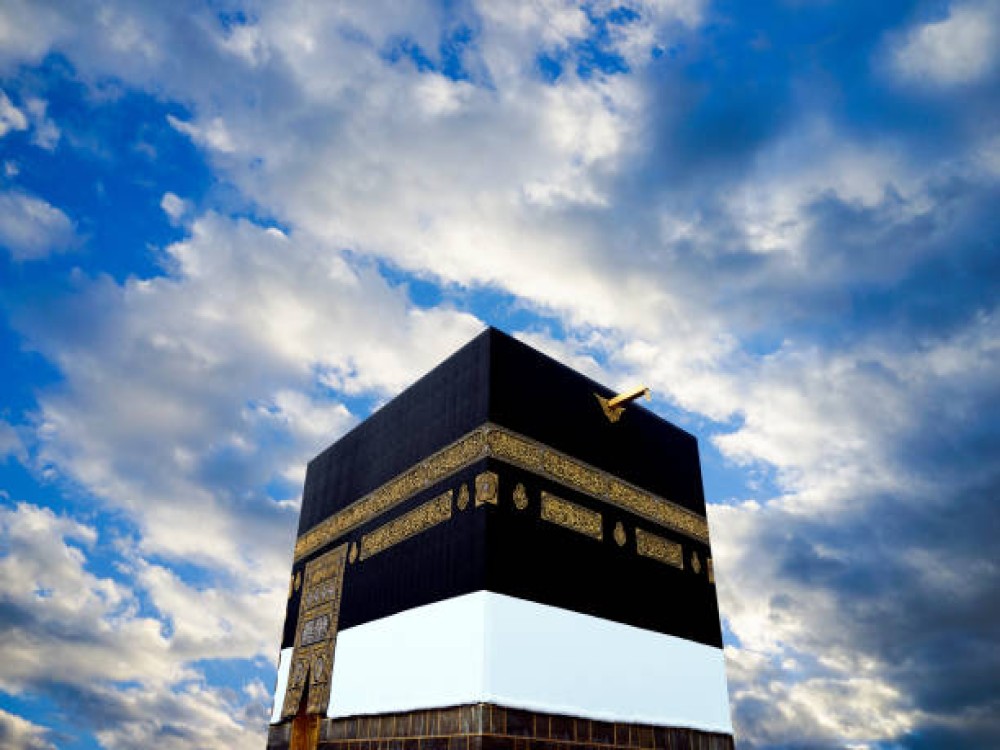
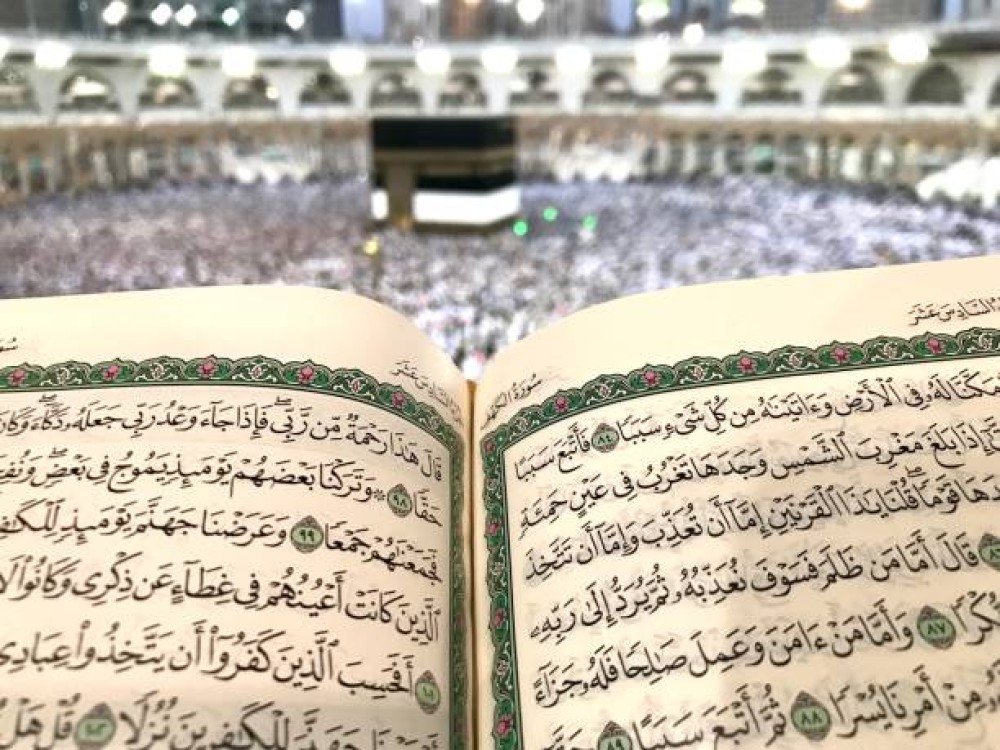
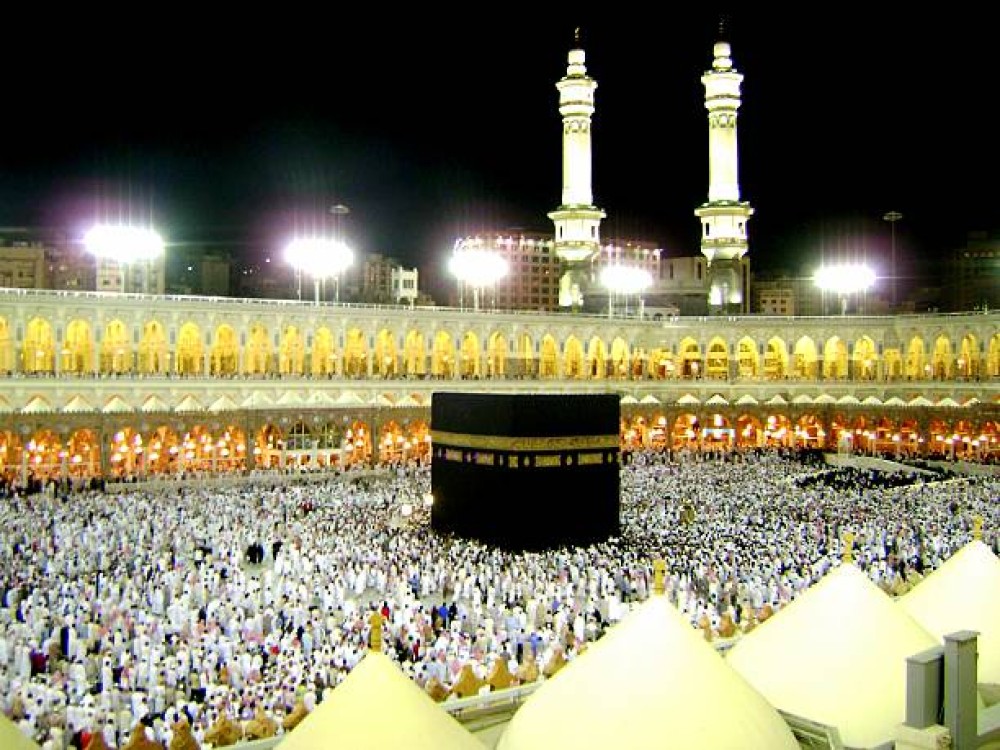
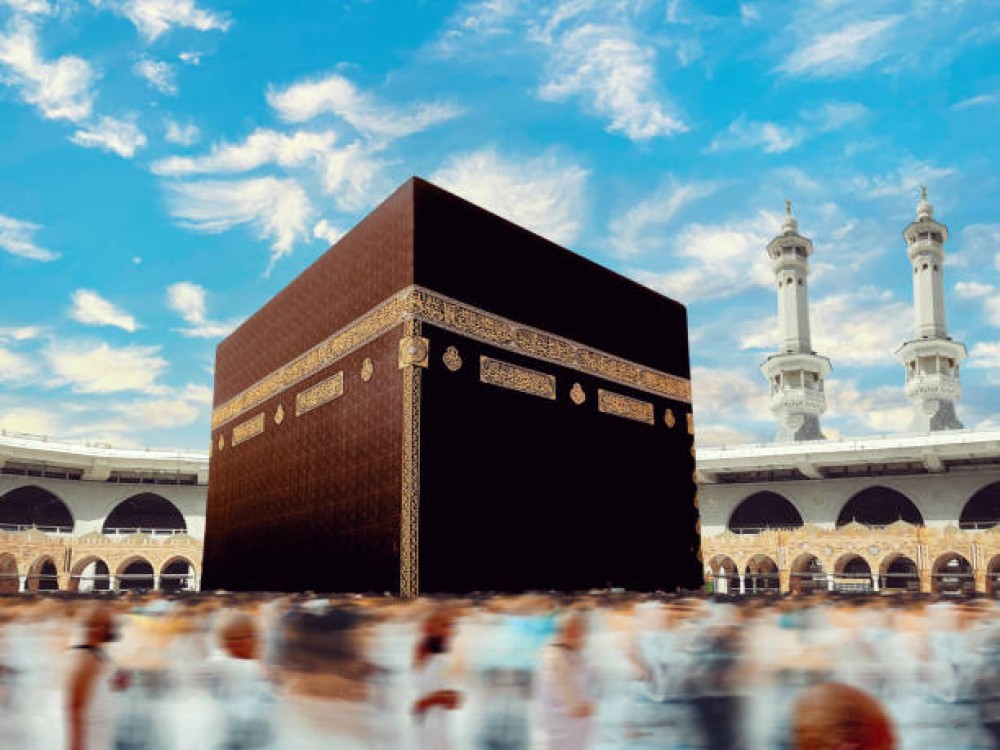

When to Get There
The best time to approach the Black Stone is during the off-peak hours, such as early morning or late evening, when the crowds are thinner. This will allow you to have a more peaceful experience and potentially touch or kiss the stone without the overwhelming crowds. During peak periods, such as during Hajj or Ramadan, be prepared for long waits and large crowds. While the experience will be spiritually enriching, the physical aspect of reaching the Black Stone may be challenging. If you cannot physically reach the stone, remember that simply pointing to it with respect is considered sufficient.
Day Trips from Mekke
If you're staying in Makkah, a visit to the Black Stone is typically included in your time at Masjidil Haram. However, there are also day trips and guided tours available for those looking to explore the surrounding areas of Makkah and learn more about the historical significance of the Black Stone. Many tours will take you around the Kaaba, explaining its historical and religious significance, and include time for personal reflection and prayer. For those looking to combine their visit with a spiritual experience, some tours also visit nearby sacred sites, such as Mount Arafat or the Cave of Hira.
Copyright © 2025 All Rights Reserved


